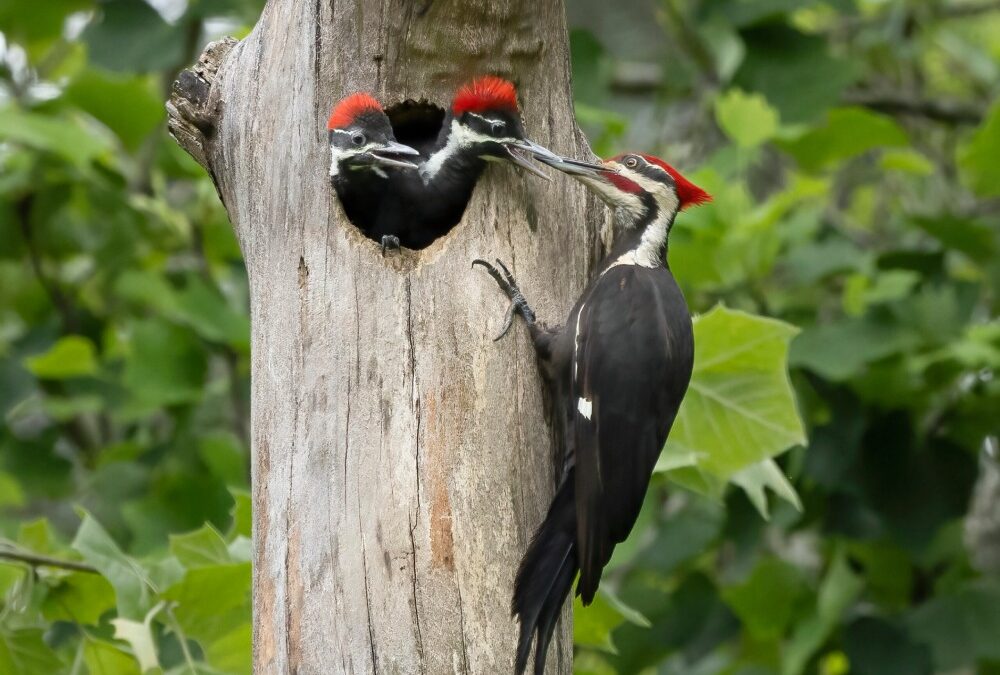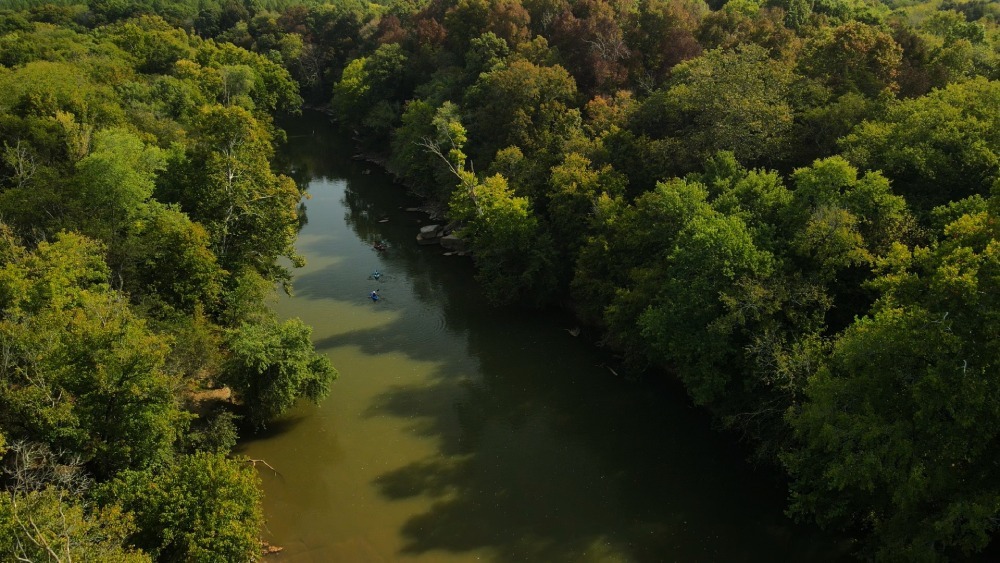We’re thrilled to announce the winners of Tennessee Wildlife Federation’s 2025 Photo Contest!


We’re thrilled to announce the winners of Tennessee Wildlife Federation’s 2025 Photo Contest!

Conservation will be a big topic again in the 2025 session of the Tennessee General Assembly. Join our Action Alert email list now to be notified when your voice is needed to speak up for conservation.
You’ve got the venison in your freezer, now what?
If you have ever been hunting, you know what a special connection you feel with nature. But, if not, the Federation is here to take you under our wing.
The 2023 Tennessee Wildlife Federation Photo Contest has come to an end, and we are excited to share this year’s winners!
Tennessee Wildlife Federation has received a significant multi-year grant to restore forest and grassland habitats in Tennessee.
The All-State Banquet and Fun Shoot celebrated the end of a successful shooting sports season in Tennessee.
The free recruiting day will introduce the youth to the world of shotgun shooting and get them connected to a team in their area. SCTP will host a total of 18 events across several counties throughout the state.
The Federation is celebrating a quarter of a century of the program as the 2022 deer season opens this weekend.
A new mural encouraging people to support Tennessee CLEAN, an initiative of Tennessee Wildlife Federation, was recently unveiled at Patagonia’s Nashville location.
It’s been an eventful 20 years for Michael, and he is nowhere near done with his work in conservation.